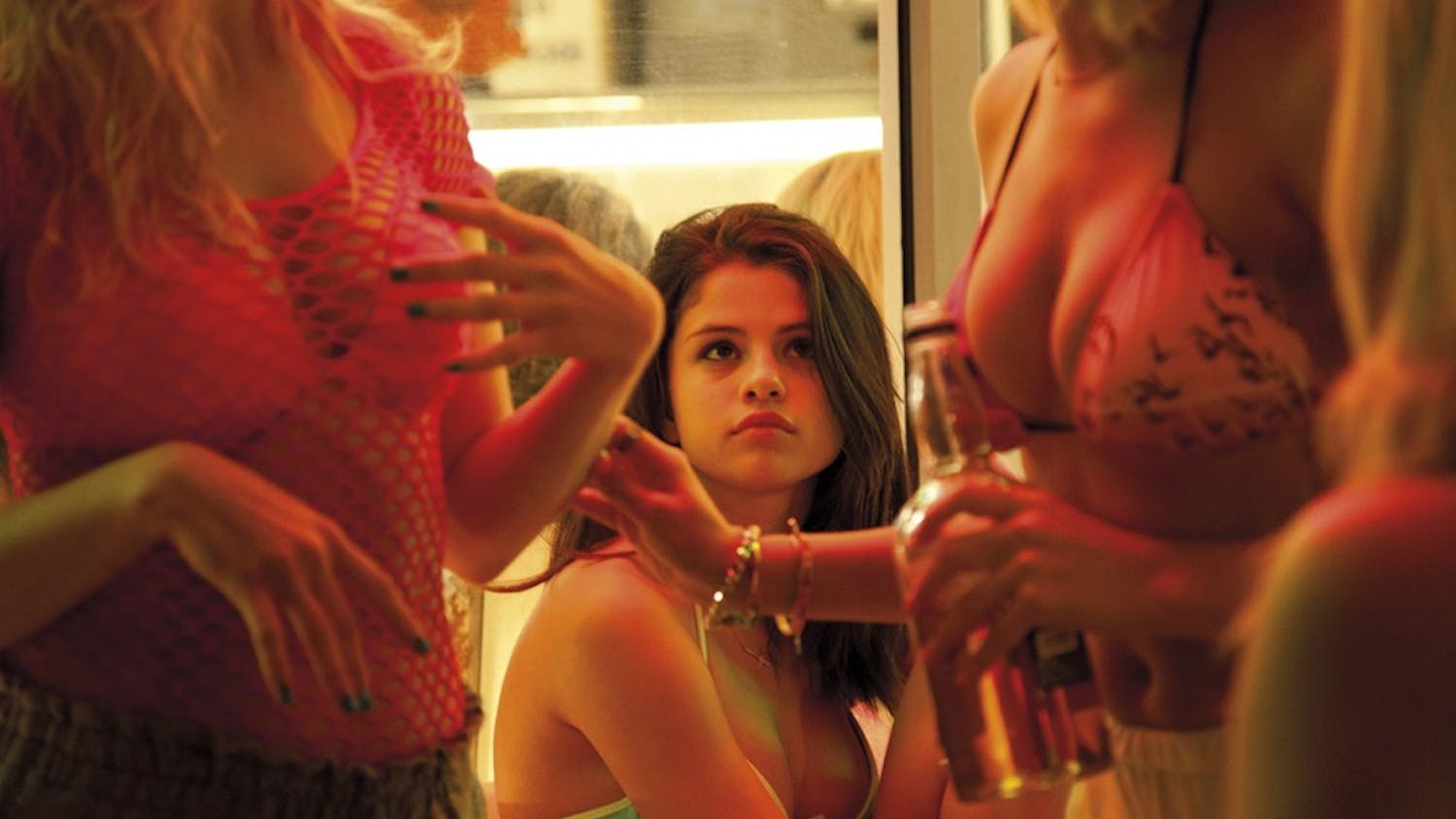Until recently, recordings of Thelonious Monk and John Coltrane's legendary collaboration had been the stuff of dreams for jazz fans. For five months in 1957, the two played six nights a week at the Five Spot in downtown Manhattan. The Complete 1957 Riverside Recordings are a miracle. They document one of the most important pairings in all of jazz history\nIn 1957, Thelonious Monk's chopped-to-bits, harmonically complex and delightfully left-footed style was already legendary. He had been struggling to renew his cabaret card after the mass revocation of the cards of musicians with criminal pasts. Monk's 1957 stint at the Five Spot marked his renewed ability to play in clubs, regardless of his status as a convicted drug addict. \nJohn Coltrane had only recently been thrown into the lime light by his time with the Miles Davis quintet. His style was immature and not really deserving of the prominence Davis bestowed upon him. After his time as Monk's protégé, he began to sound like the John Coltrane that would revolutionize jazz.\nThe Complete 1957 Riverside Recordings is the first glimpse into Coltrane's budding genius. This two-disc set is really one and a half discs of mistakes, poor playing and one track where the drug addled Monk falls asleep on the piano. The other half a disc's material is some of the starkest and most beautiful music ever created.\nThe first complete track on the album is a trio version of the lush ballad "Monk's Mood" which first appeared on an album of Monk playing solo piano. It's hard to imagine this is the same John Coltrane of the Miles Davis quintet. His playing is personal and confident in a way the Davis recordings do not reflect. Monk's influence is apparent in Coltrane's new harmonic and melodic sensibilities. \nThe two renditions of "Ruby, My Dear," one featuring Coleman Hawkins and the other John Coltrane, foreshadow the uncharted realms where Coltrane is taking jazz. Hawkins, the first tenor virtuoso, plays beautifully. Coltrane is more harmonically and melodically adventurous.\nMonk's playing, excepting the false starts, too many takes of "Crepuscule with Nellie" and the track where he is asleep, is what one would expect from the consummated master -- nothing short of brilliant. He stands out on the ballads and the full-length version of "Well, You Needn't."\nAll the mistake tracks provide a window into Monk's character. He is temperamental and inconsistent, but his idiosyncratic playing shows through these flaws and easily eclipses his most well-known contemporaries.
Pairing for the ages
Get stories like this in your inbox
Subscribe





